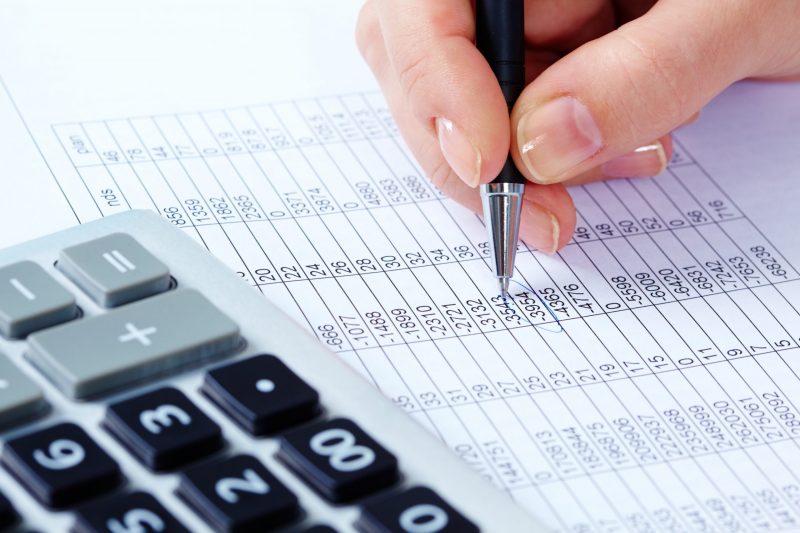
How to Create and Use a Cash Flow Statement

When you're running a business, it's easy to get caught up in the day to day operations. However, if you want to plan for the future, it's important to take a step back and spend time analyzing financial reports. While we've covered how to use a balance sheet, our small business accountants in Raleigh wanted to take an opportunity to now break down what a cash flow statement is and why they're important to your business's success.
What Is a Cash Flow Statement?
The cash flow statement is a financial report that covers all the incoming and outgoing cash in your business during a set period. Outgoing cash includes payroll, purchasing inventory, rent, and buying equipment, while your incoming cash can include money made from sales, selling equipment you don't need, accounts receivable, and even money from a business loan that you've got set for expansion.
Not only does it show how much cash is flowing in and out of your business, the statement shows where it's going. This statement which shows if you have enough cash on hand to remain solvent, combined with your balance sheet, which shows the worth of your business, are key in determining the health of your business.
How to Use a Cash Flow Statement
Once you know how much cash (or fluid income, such as accounts receivable) is coming into your business and how much is outgoing, you can use this information in a variety of ways.
- Liquidity - You'll know what you can afford and what you can't and know how much operating cash you have on hand;
- Changes in Assets - You'll see how cash inflow and outflow affects your assets, liabilities, and equity;
- Budgeting - Unless one month was an outlier for incoming our outgoing cash, you can use it for cash flow forecasting and budgeting;
- Securing Credit - The cash flow statement, like your balance sheet, is necessary to show to lenders or banks when you want to take out a loan for your business.
Positive and Negative Cash Flow
It's important to note that even if you have more cash going out than coming in, this may not be a bad thing, while seeing positive cash may not mean success.
Let's look at these two examples:
- You have a positive cash flow of $10,000 in August. However, this is from a small business loan you took out to purchase equipment. This debt will negatively affect your balance sheet.
- You have a negative cash flow of $10,000 in August. However, this is because you purchased a large quantity of inventory at a reduced rate so you can sell it at a higher profit margin over the coming months. You'll see this profit impacting your profit & loss statement in the coming months.
How Cash Flow Statements Differ From Balance Sheets and Income Statements
Let's break down what the three main financial statements are:
- Cash flow
- Balance
- Income
The income statement shows your revenue and expenses - how much is going out and how much is coming in, and what your profit is after expenses. The balance sheet shows your value as a whole after subtracting liabilities from assets. Your cash flow shows how much money is coming in and going out and your cash on hand.
When you take time to analyze all three financial statements, you can get a comprehensive look at the financial health of your company.
How to Create and Use Your Cash Flow Statement
Creating a cash flow statement for your business is not too complex, as you're simply entering in the components of your business that add or reduce cash.
- Opening Balance - Begin with your opening amount of cash on hand for the month
- Log all incoming cash - Sales, asset sales, and other income and add the total;
- Log all outgoing cash - Payroll, purchases, utilities, insurance, taxes, loan payments, etc. and add the total;
- Determine monthly cash balance - Subtract outgoing from incoming cash to determine your closing cash balance for the month.
Our CPAs in Raleigh Can Point You in the Right Direction to Generate Your Financial Statement
If you aren't comfortable with generating your financial statements, or you simply don't have the time to do them, professional support can help. With accurate financial statements, you can have the information you need to grow your business and increase your profits.
Call us today for your small business accounting at 919-420-0092 or fill out our online contact form to learn more.
Contact Form
Feel free to call our office or to complete the contact form below:
"*" indicates required fields
